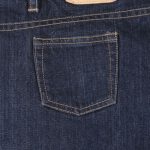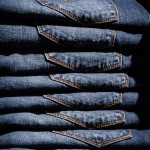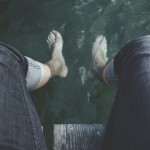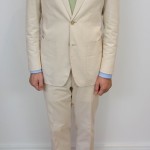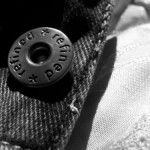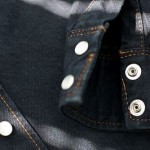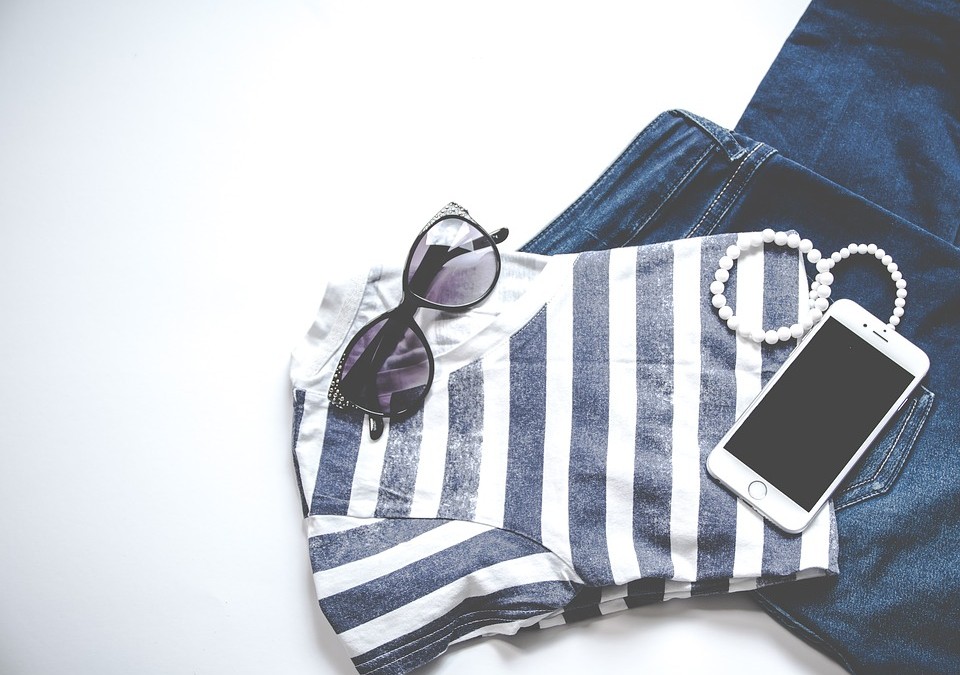
by MakeYourOwnJeans | denims |
Worn by millions of men and women on a daily basis, jeans are the world’s most popular type of pants. They feature a durable but comfortable denim construction, offering an unmatched level of versatility. There are dozens of different styles of denim jeans, though, each of which has unique characteristics. In recent years, for example, there’s been a growing demand for selvedge denim jeans. Although they typically cost more than traditional denim jeans, selvedge jeans are well worth the financial investment for the following reasons. What Is Selvedge Denim? Selvedge denim jeans are designed with the same denim as traditional jeans, with the only difference being that selvedge jeans feature a few inches of the bottom fabric — around the ankles — that’s pulled up and sewn into the legs of the jeans. It’s a subtle nuance that affects both the appearance and comfort of the jeans. To see if a pair of jeans contains selvedge denim, look at the bottom around the ankles. In a traditional pair of jeans, the ankle area will look like the rest of the jeans. In a pair of selvedge denim jeans, however, the ankle area will feature a lighter color, as it reveals the inside of the fabric. This is the defining characteristic that distinguishes selvedge denim jeans from traditional denim jeans. And while it may seem simple enough, opting for selvedge jeans offers several noteworthy benefits that shouldn’t be ignored. Higher Quality Although there are exceptions, most selvedge denim jeans have a higher quality construction than traditional denim jeans. Manufacturers of selvedge denim jeans use premium materials and equally high craftsmanship...
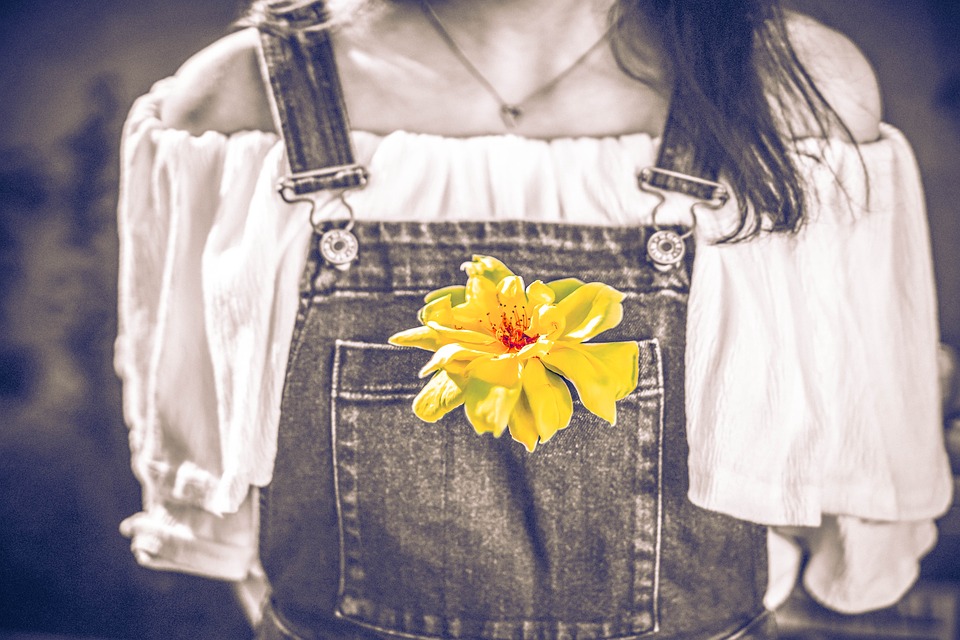
by MakeYourOwnJeans | denims |
Originally pioneered around the mid-19th century, denim is an age-old textile that’s become synonymous with quality fashion. Whether you realize it or not, you probably own a denim garment. In fact, most people own multiple denim garments. This textile is designed with a warp-faced cotton fabric, with the weft passing under multiple warp threads. The end result is a versatile textile that’s particularly useful for creating clothes and accessories. If you’re still on the fence about denim, here are 10 things to love about it. #1) Conceals Stains You don’t have to worry about stains showing on your denim clothes. Most jeans, jackets and other denim garments are designed with indigo dye. Therefore, they naturally conceal stains and blemishes. You should use caution to avoid spilling drinks or otherwise getting your denim garments dirty, but you can rest assured knowing that stains are difficult to spot on denim. #2) Comfortable There’s nothing that compares to the feeling of wearing a pair of high-quality denim jeans. The denim fabric is soft yet durable while contouring to the shape of your body. This alone is reason enough for many people to wear denim garments. If you work a laborious job that requires you to constantly move, wearing denim jeans will provide you the highest level of comfort possible. #3) Strong Denim is incredibly strong — stronger than cotton, silk, linen and many other textiles. This is important because strong fabrics like denim are less susceptible to damage than their weaker counterparts. If you have a pair of linen trousers, for example, washing them too many times may cause the stitching around...
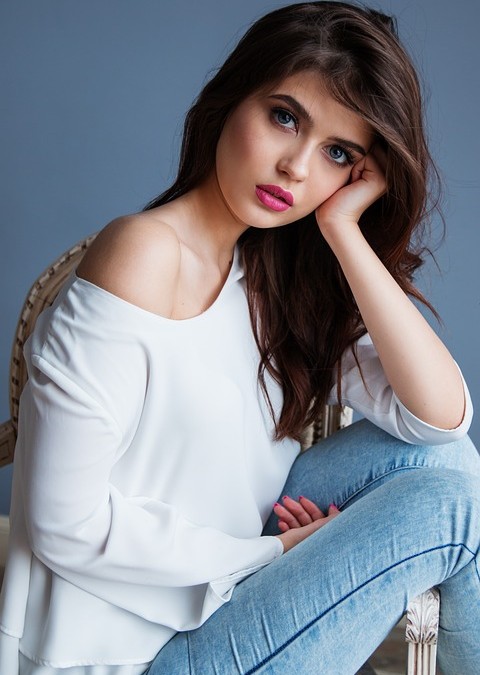
by MakeYourOwnJeans | jeans |
Have your jeans faded to a lighter color? It’s frustrating when you buy a pair of dark indigo jeans, only to discover that they’ve faded to a light blue color just a few weeks later. While you can still worn faded jeans, they won’t offer the same aesthetic value. Therefore, you should follow some basic steps to protect your jeans from fading. The first step to preventing this from happening to your jeans is to understand why jeans fade. Although there are many causes of fading, below are the nine most common reasons why jeans fade. #1) Raw Denim Jeans made of raw denim are more likely to fade than jeans made of washed denim. This is because raw denim hasn’t been washed during the production process. It’s called “raw” denim because the denim is untouched and unwashed. While some people prefer the dark color of raw denim jeans, these jeans are more likely to fade than washed or dry denim jeans. If you’re worried about your jeans fading, choose jeans made of washed or dry denim. Unlike their raw counterpart, these jeans have been washed during the production process, so less dye will leach from the fabric when you wash them. #2) Hot Water Washing your jeans in hot water will increase the risk of fading. Exposure to hot water causes the dye to release from the denim fabric. Your jeans won’t necessarily turn white after washing them in hot water. Rather, they’ll fade to a lighter tone if you continue to wash them in hot water. To prevent this from happening to your jeans, wash them in...
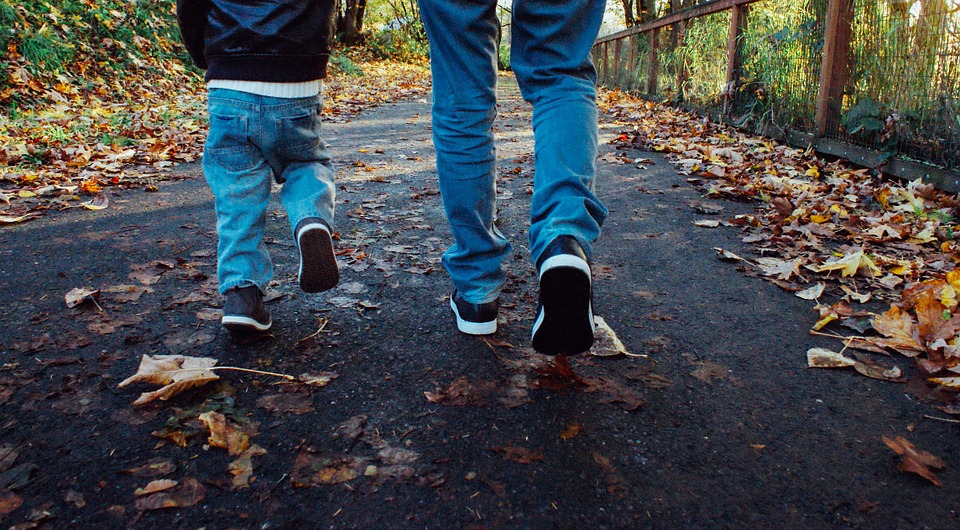
by MakeYourOwnJeans | jeans |
Worn by millions of men, women and children on a daily basis, jeans have become the world’s most popular type of pants. Characterized by a denim construction, they offer the perfect balance of comfort, style and durability. Whether it’s the summer, fall, winter or spring, you can’t go wrong wearing a pair of high-quality jeans. When choosing a pair, though, you should pay attention to the number of pockets it has and where those pockets are located. While this may seem like a subtle design element, pocket configuration will affect the jeans’ appearance and functionality. The First Pair of Jeans Had Four Pockets According to Levi Strauss, the world’s first pair of denim jeans — originating in California during the Gold Rush — had four pockets. Granted, you may assume that these early-model jeans had two pockets in the front and two pockets in the back, but this isn’t necessarily true. Levi Strauss explains that the first pair of jeans actually had one pocket in the front and one pocket in the back, but each of these pockets had a second, smaller pocket inside it. This design has since been phased out in favor of the modern pocket configuration, which consists of two pockets in the front and two pockets in the back, all of which also have a smaller pocket inside it. The Scoop on the Small Pocket: What You Should Know Regardless of what type of jeans you own, they probably have small pockets inside the larger pockets. As previously mentioned, this was a staple element in the first pair of jeans. And even after all those...
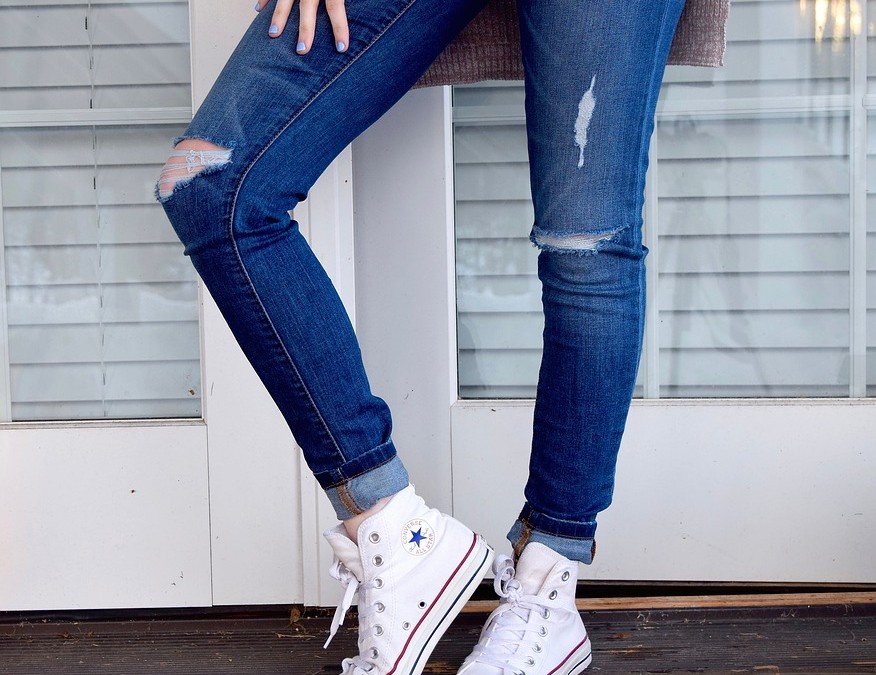
by MakeYourOwnJeans | jeans |
You shouldn’t limit yourself to only wearing traditional, standard-fit jeans. While there’s nothing wrong with standard fit, other fits may offer a better appearance and comfort. Skinny jeans, for example, have become increasingly popular in recent years due to their “slimming” appearance. Also known as slim-fit jeans, they are characterized by a unique design in which the leg opening is narrow and either runs straight or becomes more narrow towards the bottom. This is in stark contrast to standard-fit jeans, which have a larger leg opening that, in some cases, becomes wider towards the bottom. But if you’re thinking about investing in a pair of women’s skinny jeans, you should follow some tips to create the best look. Go Light Light colors, such as light blue or even white, typically offer the best look for skinny jeans. You can still explore other colors, but you really can’t go wrong with light blue or white. Light colors such as these compliment the natural slim-fit style of skinny jeans. In comparison, dark colors minimize the body-contouring effects of skinny jeans, making them a poor choice. For these reasons, it’s recommended that you go with a light color when choosing a pair of skinny jeans. Selvedge Denim All jeans made of selvedge denim are stylish, but skinny jeans are particularly stylish. This is because selvedge denim features a woven band of fabric at the bottom of each leg. The purpose of this band is to protect the bottom of the jeans from fraying or curling. A side benefit of selvedge denim, however, is its unique appearance. The bottom of the jeans are...







